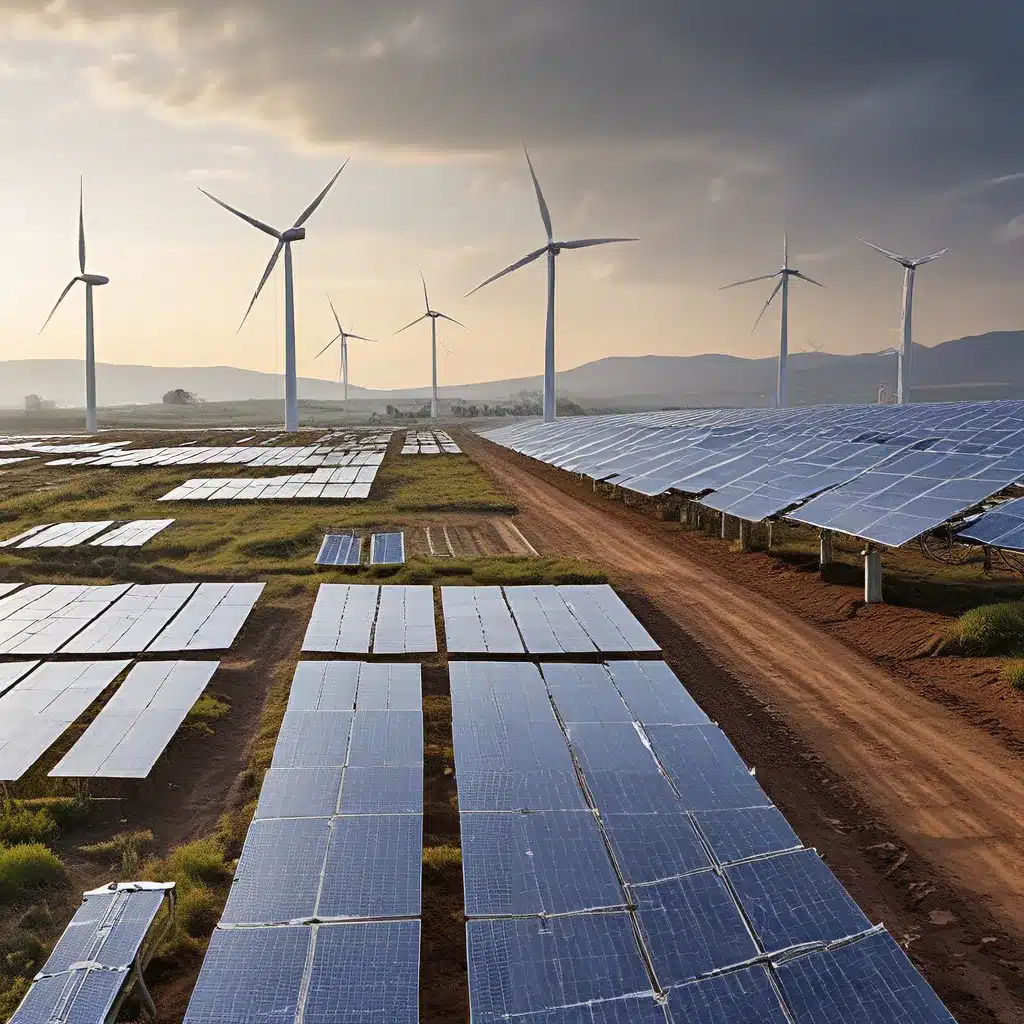
As someone deeply passionate about the future of our planet, I’ve been closely following the developments in renewable energy legislation. It’s an exciting time, with policymakers and industry leaders coming together to chart a course towards a more sustainable tomorrow. And let me tell you, the changes happening are nothing short of remarkable.
The North Carolina Renewable Energy Story
Let’s start close to home. North Carolina has been a national leader when it comes to the clean energy transition. The state currently ranks 4th in the US for installed solar capacity, and 2nd in offshore wind net technical energy potential. That’s no small feat! What’s behind this success? Well, it’s all thanks to some key policies that have been instrumental in driving this transformation.
One such policy is the Renewable Energy and Energy Efficiency Portfolio Standard (REPS), which requires utilities to generate a certain percentage of their electricity from renewable sources. This has been a game-changer, incentivizing the deployment of solar, wind, and other clean energy technologies across the state.
But it doesn’t stop there. North Carolina has also introduced tax credits and incentives to make it more affordable for homeowners and businesses to invest in renewable energy. And get this – the state’s Green Business Fund provides grants to help companies develop and commercialize innovative clean energy solutions. Talk about putting your money where your mouth is!
The Inflation Reduction Act: A Seismic Shift
While North Carolina’s progress is impressive, the real game-changer on the national stage is the Inflation Reduction Act (IRA) – the most significant climate legislation in US history. This landmark bill is poised to accelerate the transition to a clean energy economy like never before.
The IRA offers a treasure trove of incentives and funding programs to make renewable energy more accessible and affordable for businesses, nonprofits, educational institutions, and state/local/tribal organizations. We’re talking about tax credits, direct payment options, and even bonus credits for projects that meet specific environmental justice criteria.
The EPA’s summary breaks down the details – things like the 30% Investment Tax Credit (ITC) for renewable energy systems, and the 2.75 cents per kWh Production Tax Credit (PTC). And the best part? These incentives are locked in for the next few years, providing much-needed certainty and stability for the clean energy industry.
The Future is Bright (and Clean)
As I dig deeper into this topic, I can’t help but feel a sense of optimism and excitement about the future. The policy landscape is shifting, and it’s creating unprecedented opportunities for businesses, communities, and individuals to embrace the power of renewable energy.
Just imagine – with the right incentives and support, we could see a surge in rooftop solar installations, wind farms springing up across the country, and energy storage solutions becoming more mainstream. And the benefits go far beyond just environmental impact. Job creation, economic development, and cost savings are all very real possibilities as we transition to a clean energy future.
Of course, there’s still work to be done. Policymakers and industry leaders will need to collaborate closely to ensure these incentives and programs are implemented effectively. And we’ll need to keep a close eye on emerging technologies, regulatory changes, and evolving consumer trends to stay ahead of the curve.
But one thing is clear: the renewable energy revolution is here, and it’s only just getting started. So, whether you’re a business owner, a homeowner, or just someone who cares about the planet, I encourage you to explore the renewable energy solutions that are available to you. The future is bright, and it’s up to all of us to seize this opportunity and build a more sustainable world.
Ongoing Developments and Uncertainties
As exciting as these policy changes are, it’s important to note that the landscape is still evolving. Experts suggest that there may be ongoing debates and uncertainties around the implementation and long-term impact of some of these initiatives.
For example, while the ITC and PTC extensions are a welcome development, the details around prevailing wage and apprenticeship requirements for certain project sizes are still being ironed out. And the transition to the Clean Electricity Production Tax Credit and Clean Electricity Investment Tax Credit in 2025 may bring additional complexities that need to be navigated.
Additionally, some analysts have raised concerns about the potential for unintended consequences, such as the impact on energy prices or the equitable distribution of the benefits. These are important considerations that policymakers and industry leaders will need to grapple with in the years to come.
Embracing the Opportunities
Despite these uncertainties, the overall trajectory is clear: renewable energy is poised to play an increasingly central role in our energy mix, driven by a groundswell of supportive policies and growing public demand. And as an individual or organization, you have a unique opportunity to be a part of this transformation.
Whether it’s investing in rooftop solar, exploring community solar options, or advocating for renewable energy initiatives in your local community, there are countless ways to get involved and make a real difference. The incentives and support are there, and the benefits – both environmental and economic – are too significant to ignore.
So, as you continue to follow the developments in renewable energy legislation, I encourage you to stay curious, ask questions, and explore the possibilities. The future is ours to shape, and by working together, we can build a cleaner, more sustainable world for generations to come.

